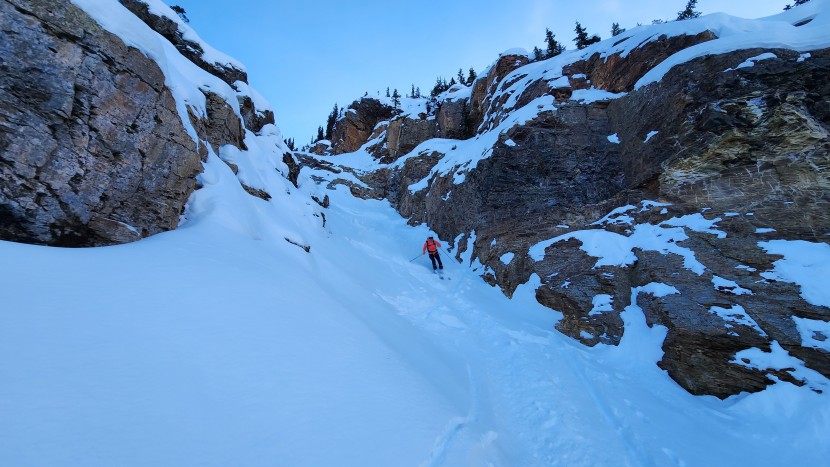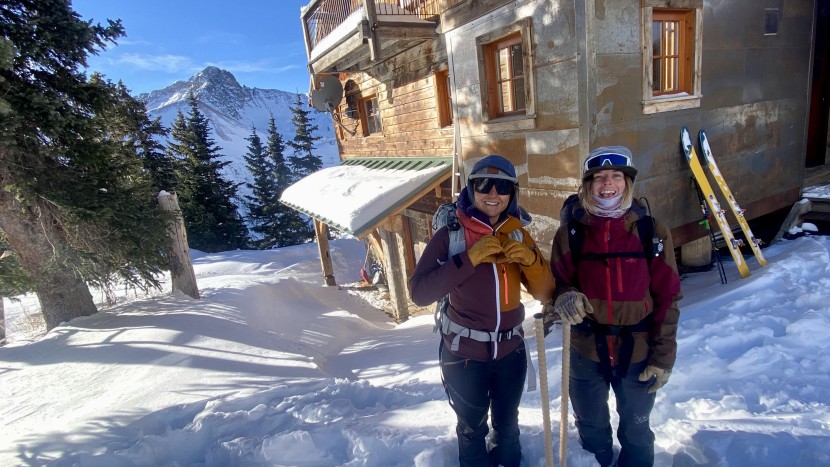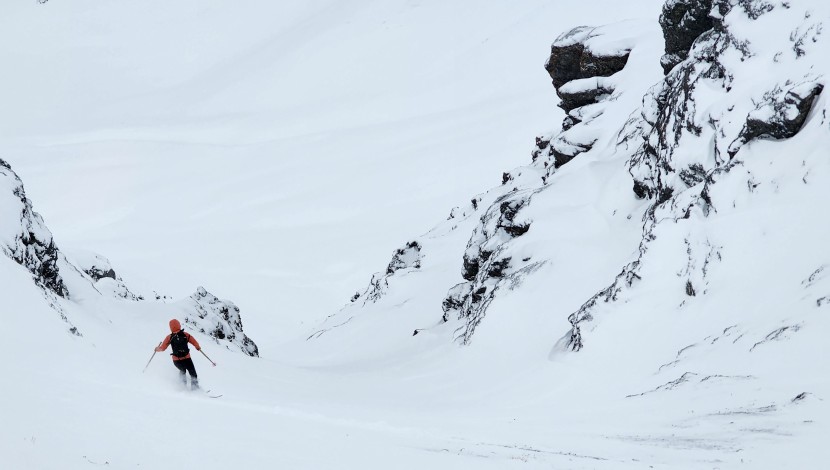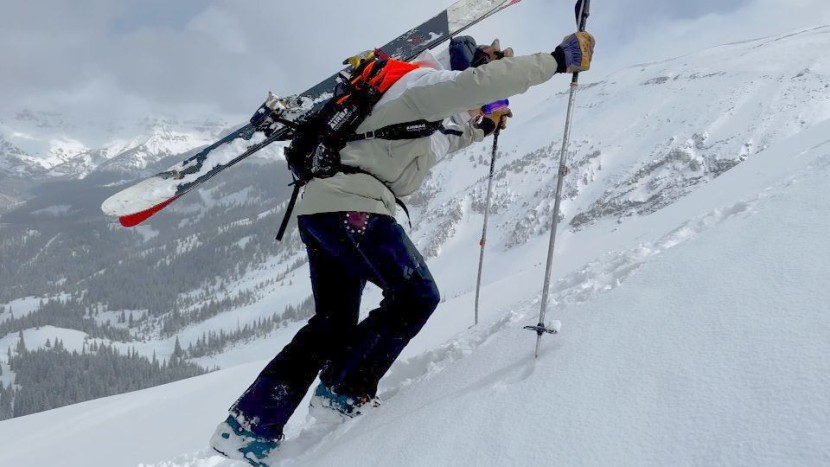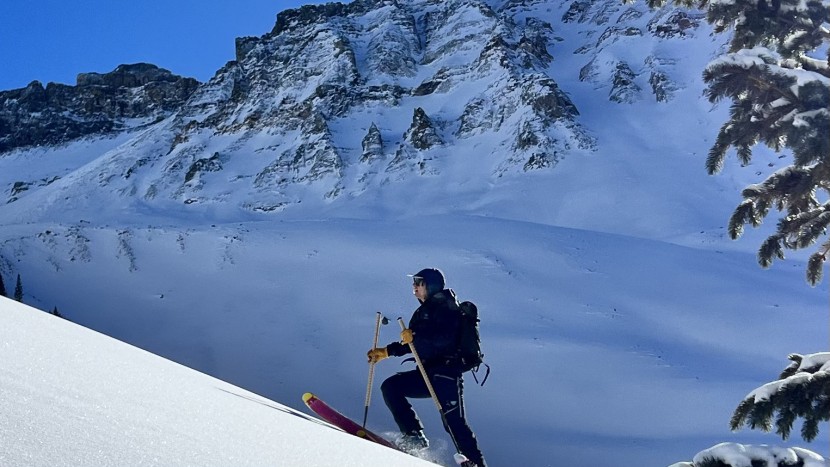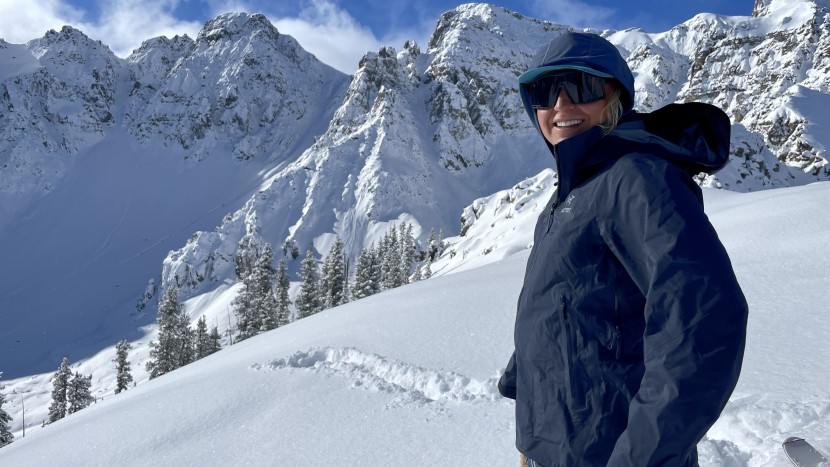For over a decade, we've tested women's hardshell jackets in demanding mountain environments, from relentless storms to high-alpine expeditions. Our process begins with thorough market research. We analyze industry trends, comparing time-tested staples with cutting-edge innovations to find the best options available. Then, we purchase each jacket anonymously and full price, just like you would do as a consumer. Hardshell technology is ever-evolving, with brands continually refining proprietary fabrics and waterproof treatments to enhance durability, breathability, and protection. Our goal is to identify jackets that truly excel in real-world conditions, whether for ski touring, ice climbing, alpine climbing or hiking.
Our research helps us define five key metrics that capture the full performance of a hardshell jacket: Weather protection, mobility and fit, venting and breathability, weight, and features and design. After selecting a dozen or so worthy of field testing, we send them out into the wet, windy world with our field testers for several months of adventuring. They took them backcountry skiing in Colorado, ice climbing in Montana, resort skiing in the Dolomites, alpine climbing in Washington, on expeditions in Alaska, hiking on the coast, and of course, biking to coffee shops (to write up their data!).
We took each jacket into the type of terrain it was designed for so as not to risk the lives of our reviewers with inadequate weather protection (!) but also to adjust our review to be fair to the design of each shell. Back in the lab, we weighed, stuffed, and stashed each jacket in our packs to see how much room they took up and how many ounces they added to our adventures. We then critically assessed them in our five comprehensive testing metrics.
Weather Protection
We brought the jackets to the tops of mountains and on ice climbing trips to see how mobile they were and whether or not the wind cut through them. We also took these jackets deep into the San Juan Mountains for alpine climbing and backcountry skiing, seeing how well they withstood gale-force winds and driving snows. In the lab, we also looked for weaknesses in the jackets with a high-powered fan and stood in the shower for five minutes in each to make sure they could truly keep out a downpour.
Mobility and Fit
Most hardshells are not necessarily known for being supple and stretchy: The primary fabric for most hardshell jackets is Gore-Tex, which can be quite rigid. However, some jackets have special integrated materials or are constructed in a way to achieve optimal movement, or use other proprietary fabrics. We ask a lot of our hardshells in the mountains, and they still need to provide adequate coverage when we reach overhead, like when we're alpine and ice climbing. They also need to accommodate dynamic movement for a range of activities without feeling stiff and stifling. We wore these jackets over our warmest down layers and compared each cut and length to determine which jacket was the most comfortable. We also zipped them up for a wide range of activities, from climbing to skiing and stormy winter running, to assess how well they move.
Venting and Breathability
Breathability in a hardshell may seem a little counterintuitive, and is a big ask when you're also demanding the jacket seal out the elements. Some brands use proprietary fabrics or long underarm zips to help keep us comfortable on the uphill. In the field, we went running on cold fall and winter mornings and wore them on long, strenuous hikes and approaches to ice climbs—to test the breathability of the different membranes. Today's hardshells are more adept than ever for being breathable but also comprehensively waterproof.
Weight
When it comes to the weight of a hardshell, there's a fine line between being too heavy to haul uphill and too light to provide adequate protection from driving snow, rain, and wind. As gram counters at heart, we weighed every single jacket and took note of the actual measured weight for a size small. This metric is 100 percent objective, and only based on the number on the scale for each jacket. Heavier jackets tend to be more protective, while lighter jackets tend to be more breathable for the uphill and friendly to stuff into your pack.
Features and Design
To look at fancy features, we counted pockets, adjusted the hood shape around our faces and helmets, and tallied the number of drawcord adjustments on the hood, hem, and waist. We also noted anything extra that we liked or that improved the jacket's performance in any of the above metrics. (Have we mentioned how much we love chest pockets?) While they don't make or break the overall quality of a hardshell jacket, these little design boosts really add to our enjoyment of each jacket.
Conclusion
After months of testing in some of the most rugged environments, we feel confident that you'll find a jacket to suit your needs in this review. If not, we hope you leave with a few good thoughts as you continue your search.

